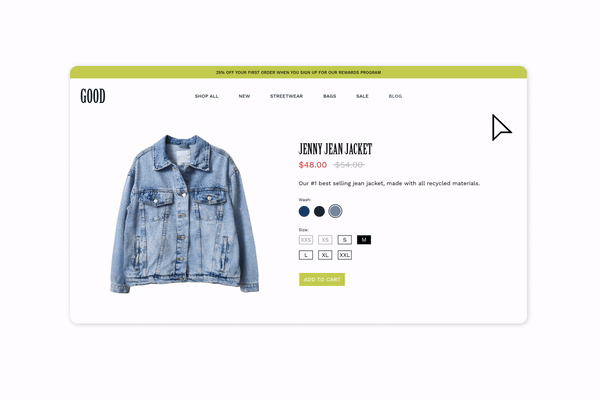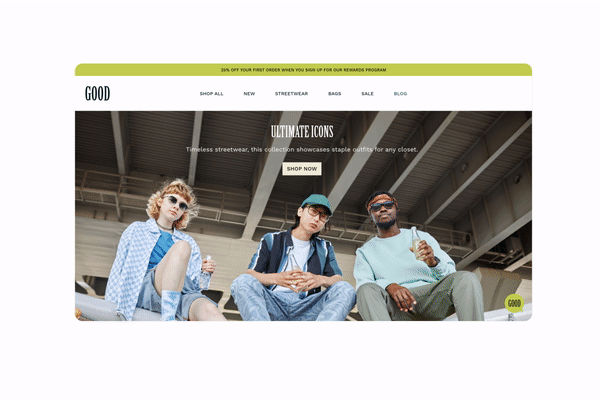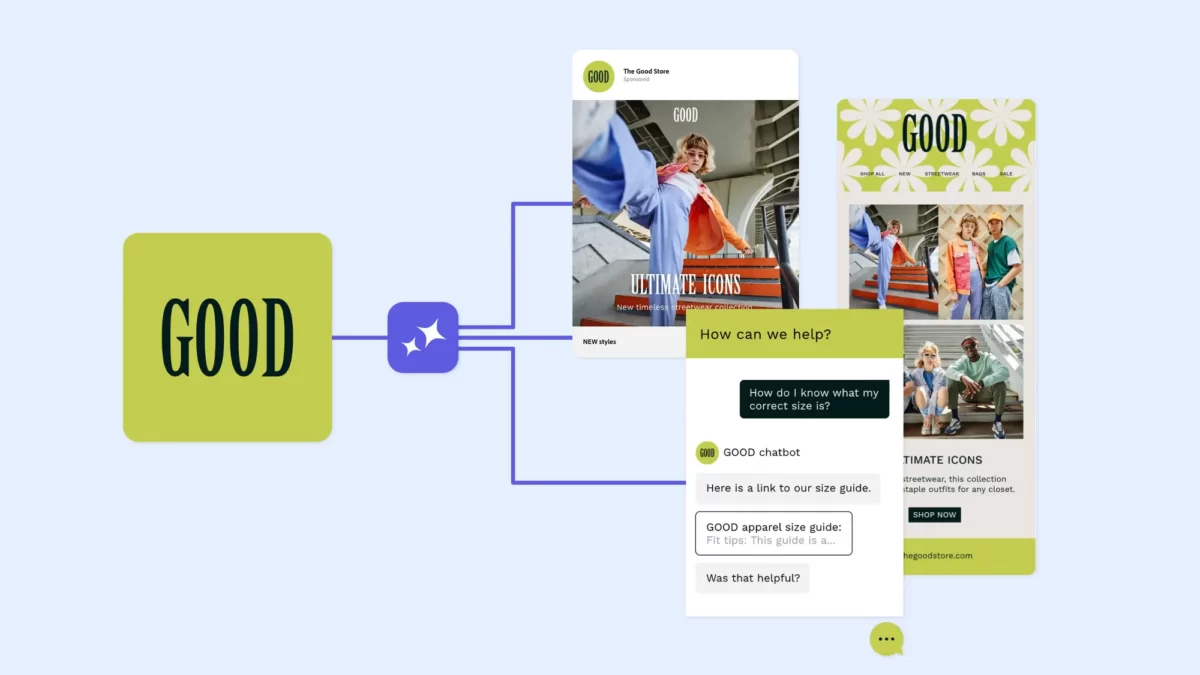
Creative process behind a children book Illustrations design
January 22, 2024
graphic design advertising examples
February 12, 2024Table of Contents
ToggleAI trends 2024: Predictions for the next wave of business innovation
Keywords search: AI trends 2024 , Adobe Firefly, AI technology
The year 2023 kicked off an artificial intelligence renaissance. This technology was once only available to big companies with data scientists — but thanks to intuitive tools, nearly every business now has access to artificial intelligence (AI). From copy to custom images, AI-generated content can streamline workflows and improve work quality — usually in less time and at a lower cost.
As a solopreneur or owner of a small or medium business (SMB), you’ve got to make the most of your resources. AI might sound like highly advanced technology that’s out of reach for regular people, but with tools like Adobe Firefly, Adobe’s family of creative generative AI models designed for safe commercial use, AI is both practical and available. With the right prompting, AI technology has the power to generate stunning visuals, optimize content, and personalize customer experiences in just a few minutes.
Because of its product and process capabilities, AI is revolutionizing how solopreneurs and SMBs generate content. This technology is constantly changing though, so it’s important to stay on top of the latest developments in artificial intelligence. We predict these four trends will make AI more valuable and useful for small businesses in 2024.

Trend 1. Generative AI
Generative AI is a type of artificial intelligence that can independently create new ideas. You provide the AI with some existing data — such as text, images, music, or an existing design — and it spits out a concept based on your inputs.
Unlike older AI models that could only rehash inputs, generative AI can come up with more original ideas. This technology is perfect for:
1. Creating unique business names
2. Automating content creation for your website, email campaigns, and social media
3. Optimizing blog content for search engines

Previously, generative AI was exclusively available to enterprise companies. However, thanks to the affordability of today’s generative AI tools, this technology will be much more readily available in 2024.
Platforms like Adobe Express and Firefly are already integrating generative AI into their solutions. Generative Fill from Firefly makes it a cinch to replace objects and people in any image with a simple text description. Firefly also includes the Text to Template feature, which generates editable templates in seconds, saving countless hours of design and editing work.
Trend 2. Personalization
Consider that nearly three-quarters of consumers want better personalization from businesses when they share more business data or when technology advances — and at least 3 in 5 people say they would stop being loyal to companies that deliver anything less than a personalized experience. That figure jumped from 45 percent in 2021 to 62 percent in 2022, and it has continued to increase since then.
Consumers expect more personalization going forward, regardless of the size of your business — they want individual experiences generated in real time. The issue is that it’s nearly impossible to offer personalization manually, and many SMBs think they need a massive data and marketing operation to pull off personalized campaigns.
Fortunately, AI makes personalization available to all businesses by:
1. Creating customer segments from your existing data
2. Generating AI ads that suggest personalized products based on viewing history
3. Writing customized email copy tailored to each segment’s history with your brand

Before AI, businesses needed a lot of IT and graphic design resources to execute microinteractions. Fortunately, brands will be able to capitalize on the power of microinteractions in 2024 using AI tools.
Adobe Express templates and tools help you create engaging visual content that augments your microinteractions. If you need design inspiration, use the AI power of Adobe Firefly to generate images and text effects based on your design goals and brand style to streamline the design process.
Trend 4. Accessibility
An estimated 1.3 billion people experience significant disability. This number represents 16 percent of the world’s population, or 1 in 6 of us. In the United States, that includes approximately 12 million people who are blind or visually impaired and 48 million who are deaf or hard-of-hearing, as well as people with other disabilities.
When brands prioritize accessibility for their content, people with disabilities can engage without barriers. Companies should be familiar with the Web Content Accessibility Guidelines (WCAG), which provide testable criteria for website developers to help ensure that all users can access and understand site content. WCAG is the most referenced set of website accessibility standards and is widely considered the best way to start to address accessibility.
In 2024, more brands should take advantage of AI to make their content accessible by using:
1. Image descriptions. AI tools can automatically generate alternative text for images used in content, though brands will still need to ensure the descriptions are accurate.
2. Captioning and subtitling. AI can help automatically create video captions and subtitles, which are becoming increasingly popular on social media.
3. Accessibility testing. AI tools for accessibility testing will improve the ability to evaluate and repair content in an automated manner.
4. Intelligent agents. AI-supported chat functionality can help make long-form or harder-to-find content easier to access for neurodiverse users.

AI holds great promise for accessibility, but brands should not expect that all user needs can be handled without human involvement. Improvements driven by AI need to be reviewed, and it’s still important to perform accessibility testing — for example, ensuring image alternatives are accurate and keyboard users can access all content, or by using Adobe’s Color Contrast Analyzer to monitor graphics for contrast. Brands committed to doing the right thing focus on people, purpose, and community. They’re dedicated to removing barriers for people with disabilities to help them enhance their work with power, precision, and ease of use.
Using AI as a solopreneur or SMB
AI is a time-saving tool that gives SMBs more capacity to deliver amazing experiences at scale. It can have a major impact on your workflow, helping you:
1. Save time. AI tools reduce the time spent on routine tasks like data entry, content creation, and customer service. They give solopreneurs and SMBs more time to focus on strategic planning and business growth.
2. Automate repetitive tasks. Use generative AI to organize and analyze data, write copy, or generate blog images. This technology reduces the chances of human error and frees you up to focus on more value-added tasks.
3. Improve creativity. You don’t have to be a graphic designer to create stunning images. Trust AI-powered tools like Adobe Firefly to get design suggestions, build color palettes, and develop creative site layouts. Even for graphic designers, AI is a helpful tool for sparking creativity. To save even more time, use an Adobe Express small business template to design head-turning visuals in less time.
4. Scale. AI tools make it possible for SMBs to grow quickly. With the right tools on your side, you can handle increased workloads without exhausting your resources.
If you want more influence over the creation process, rely on AI tools for faster brainstorming. Think of AI as a helpful sidekick that consolidates ideas into a neat list for you to implement. Use this technology to brainstorm branding elements, generate blog titles, or create new product features based on customer feedback.
Seize the AI advantage
Just like 2023 was, 2024 will be a banner year for AI. Whether you use the technology for content creation or inspiration, these generative AI innovations help small businesses create better work in less time. You don’t need technical expertise to use AI either — with Adobe Express and Adobe Firefly, you have generative AI at your fingertips.
Learn more about the AI-powered features in Firefly to seize on these artificial intelligence trends for 2024.
Source: ***
Authored by the RawStudioo Graphic Design Unit
Related posts
January 20, 2024



